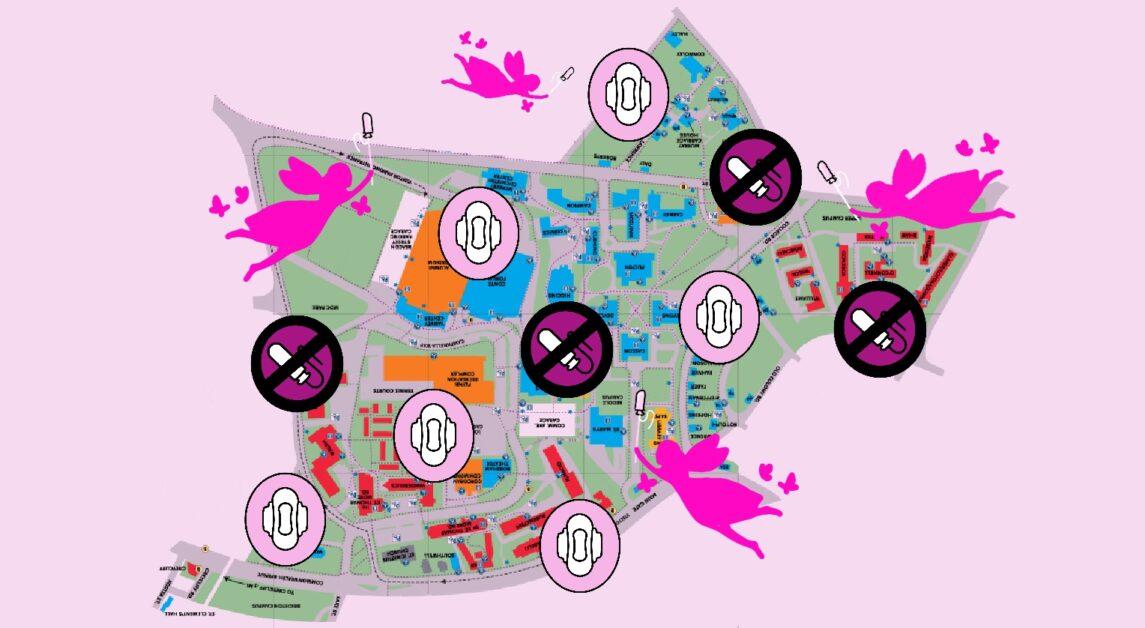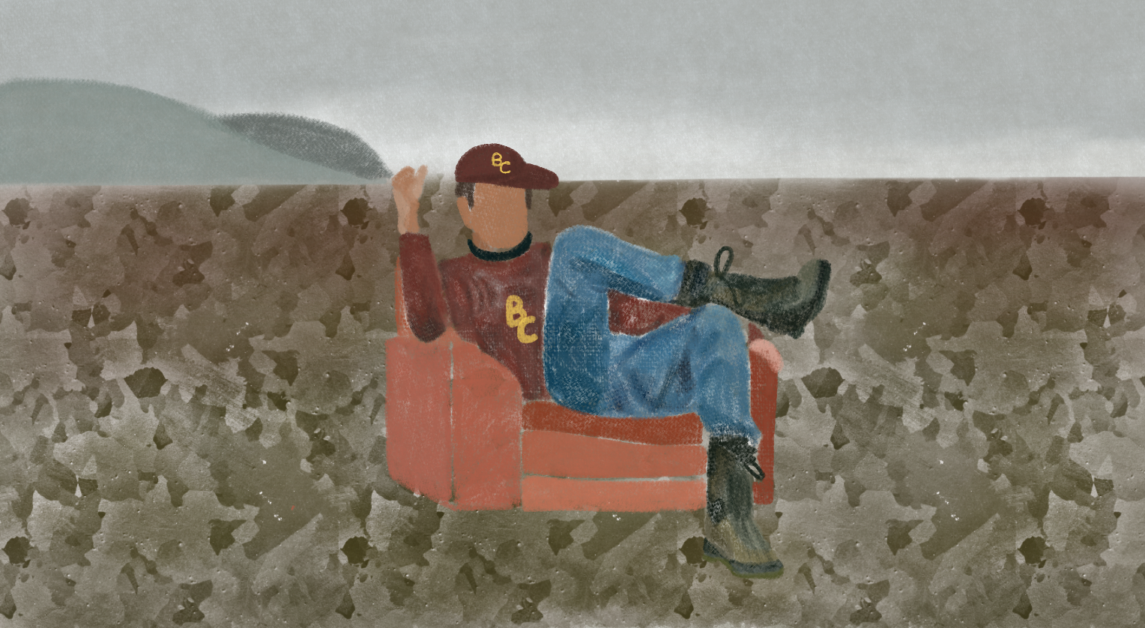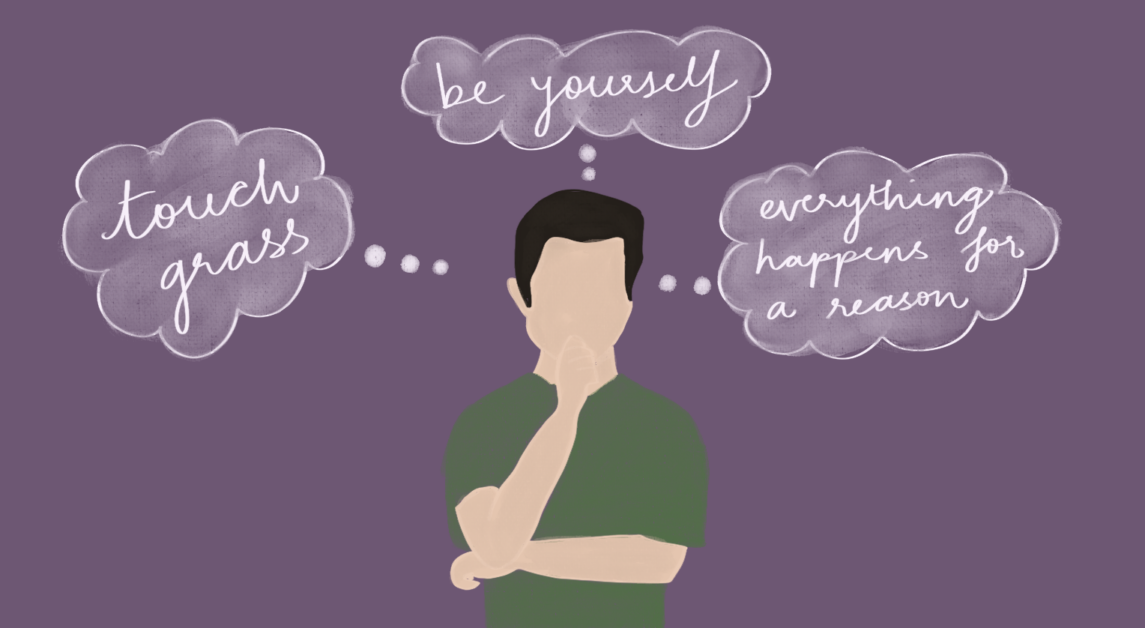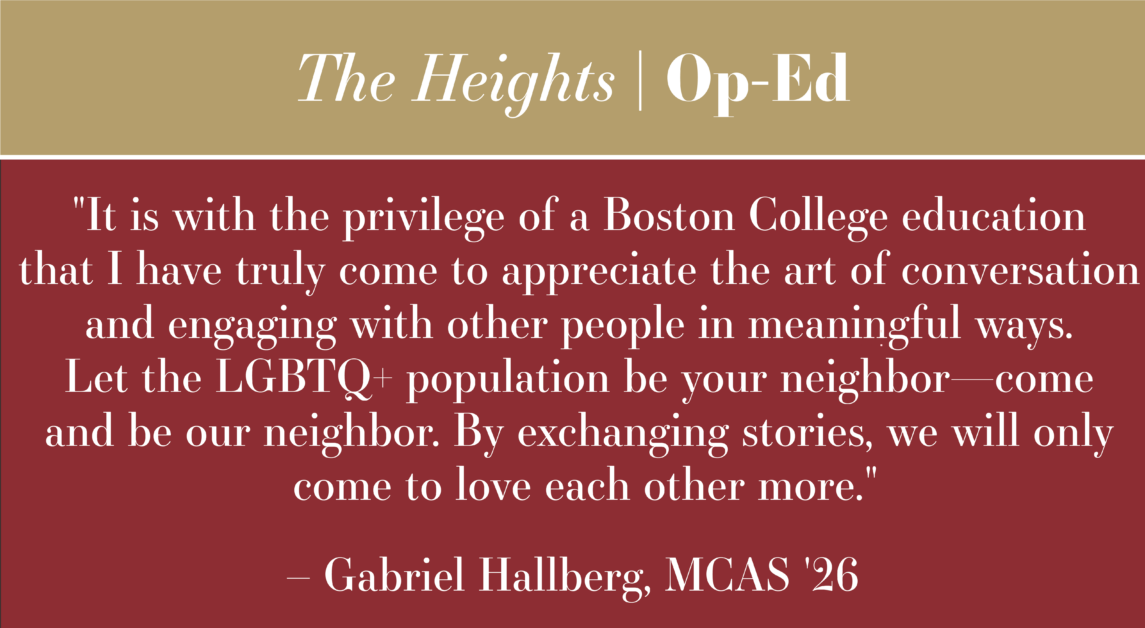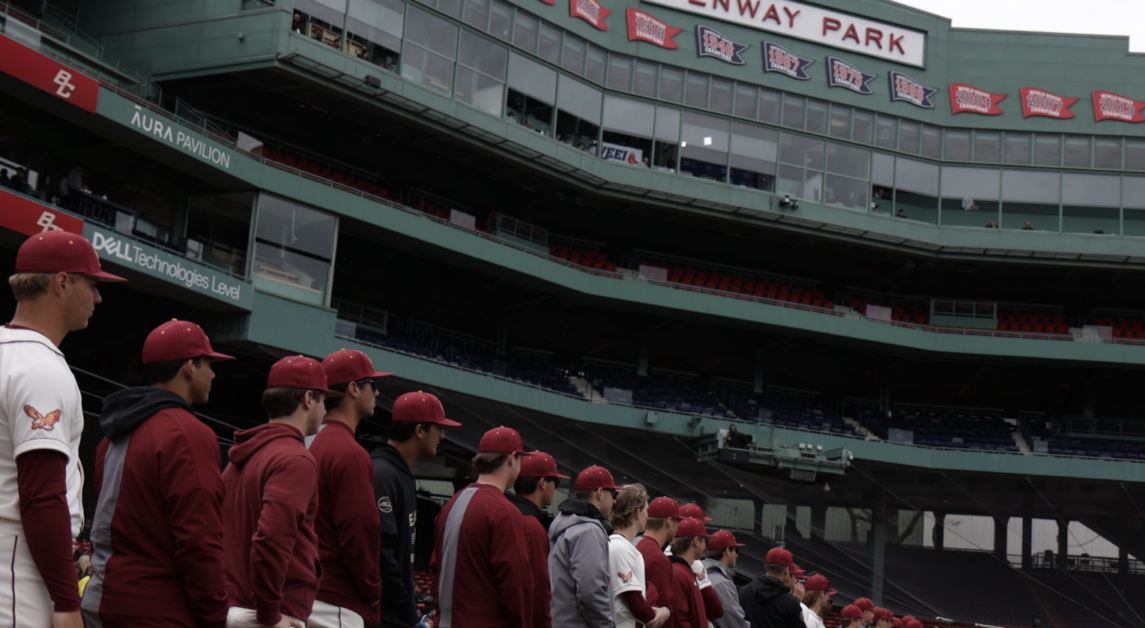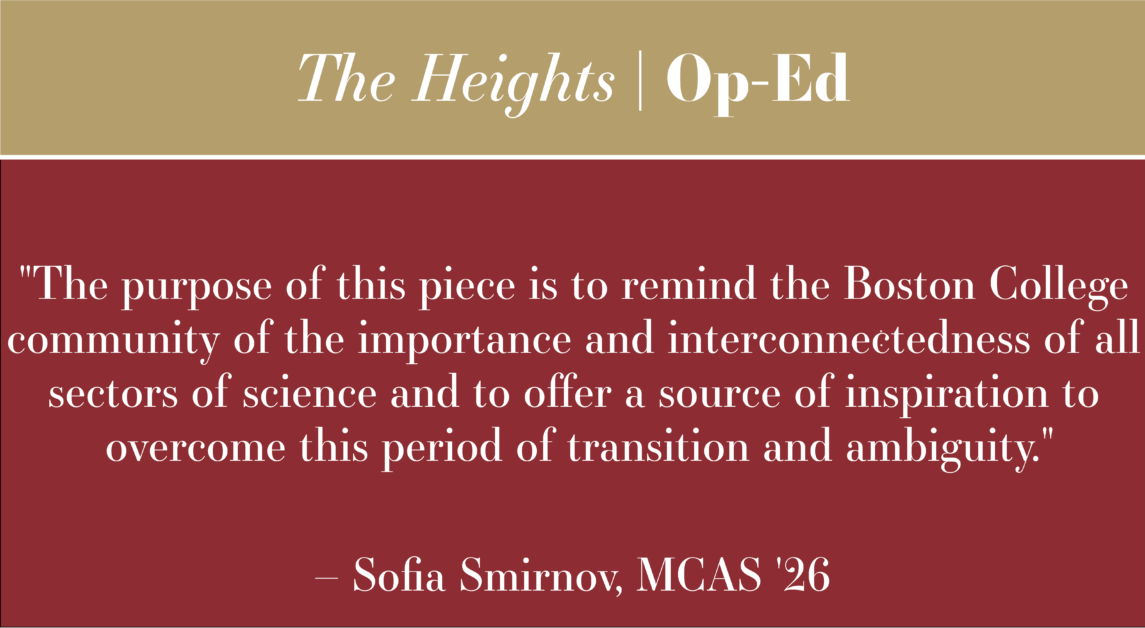The autonomous automobile. These words will bring excitement to some, dismay to a select few, and confusion to the general public. Though our reaction to this advent in personal transportation may be wholly subjective, we cannot deny the objective reality that the seeds of this revolution are blossoming as we speak. Companies like Tesla, Volkswagen, and Audi are developing suites of driver-aids that can practically drive your car for you on the highway. Electric steering, body-mounted cameras, and sensors allow for cars to parallel park themselves, succeeding effortlessly at what many of us failed just a few years ago.
This technology is on the threshold of becoming unified, and before long autonomous automobiles will be the way forward, raising a larger debate on implementation and execution. The prime benefit of removing the human element from behind the wheel is ridding ourselves of the inherent risk of error. Many developers seem to think it is one of the only solutions capable of propping up our failing transportation infrastructure. Removing human operators would maximize traffic to its fullest by ridding the roadways of reckless driving, accidents, and breakdowns.
Without major infrastructure reform this may be the only way to prevent nearly all cities from experiencing apocalyptic traffic in the decades to come. It will undoubtedly save lives and add a slew of marginal increases in convenience.
The thing preventing this advance in technology from being a true panacea, however, is the very fact that gradual implementation is not likely to work out. Autonomous automobiles will work at peak efficiency only with human error erased from the roadways, and human operators are unlikely to ever give up their means of transportation in one fell swoop. This stalemate will leave us in some form of litigation hell, with both sides arguing valid points and neither aiding in finding a solution. If you can’t fathom a world without millions of little tin cans buzzing around on the roadways propelled by fossil fuels and piloted by angry commuters, just look to Paris, a city whose politicians have been passing reform after reform in recent years, constantly growing closer to banning cars altogether.
America is not France and Boston is not Paris, just as I am not an urban planner or minister of transportation. I may not have these titles or fill these roles but I do know, and begrudgingly acknowledge, that self-driving cars are the future of transportation. I cannot logically state as a civic-minded citizen that my singular right to drive a car should outweigh the common good of a fully optimized transportation system that has the potential to improve the lives of many.
What I can say is that I will miss the world of self-driven automobiles. I will miss the sense of independence and freedom of climbing into a car and setting off with no destination in sight or mind. I will miss the anxiety and nervous energy of a young kid taking their driver’s exam for the first time—that hallowed rite of passage. In short, I will miss the unshakable and unwavering hold automobiles have had on American culture and the psyche of its people for the past century.
Perhaps this experience is part of being a member of a transitional generation, and I will have to grow accustomed to watching the world of my youth be slowly eroded and eventually swallowed up by a wave of technology. Our generation often had roughly the same life experience as our parents and grandparents as youths. We remember what it’s like to fall in love in the stands under the bright lights of a high school football game, hands nervously grasping the steering wheel on our way to a first date at the movies. Our sons and daughters may experience something wholly unrecognizable to this legacy.
Decades from now, when high school football is all but banned due to CTE concerns and teens do more of their socializing from behind a screen or through an app, adolescents will have been robbed of the independence I had in that stage of my life. Sitting in the driver’s seat with a leather wheel in my hand and having it respond to my commands, I felt like the master of my own destiny. It was a critical part of formative years, and I doubt they will get the same feeling in their autonomous Uber rides.
My first car, an Eagle Talon, was one of the highlights of my youth. To anyone else, that car was 3,000 some-odd pounds of steel, leather, and plastic. But to me, she was home. She brought me to school tired every morning and carried me home wearier every night. She steadied my nerves on my way to my first date, and many months later when it all fell to pieces, she was there to help me pick them up.
Perhaps I am guilty of excessive personification, and I would not dispute this claim. But therein I find the greatest piece to miss about self-driven cars: the personal bonds we can’t seem to help but form with them. For the past few decades, nearly every person has had one as a constant companion and has their own collection of stories to go along with that partnership. from the diehard gearheads putting blood, sweat, and tears into their cars to the kids who couldn’t care less but still couldn’t resist giving their car a goofy nickname. I fully believe we have these stories because we took on an active role in being the car’s driver and not simply its passenger.
I will dearly miss this connection when the time comes, and I already mourn the loss of my future children’s opportunities to form their own.
Featured Image by Francisco Ruela / Heights Graphics



